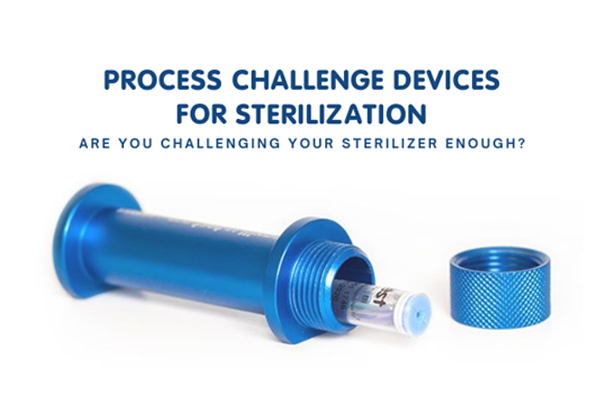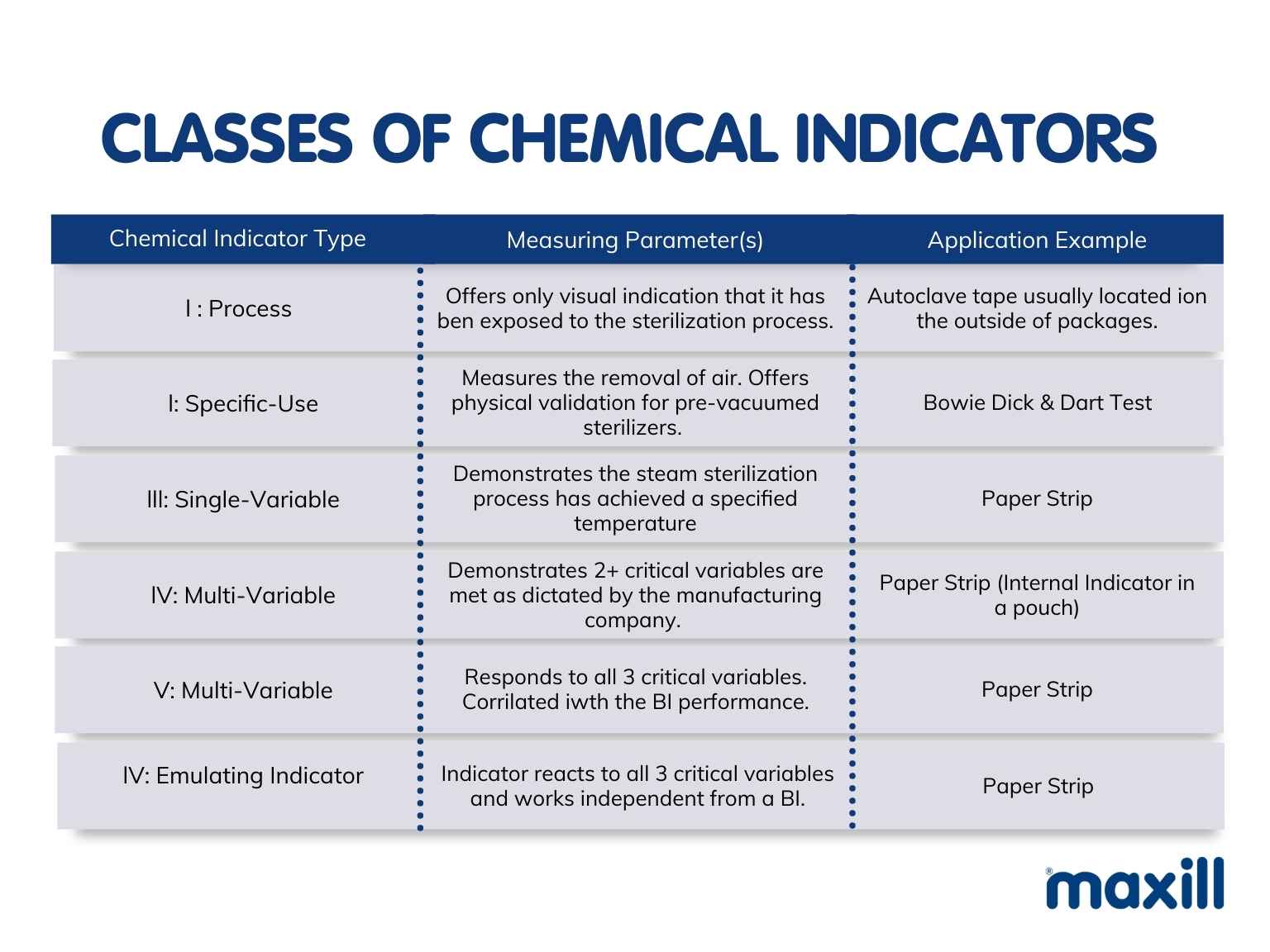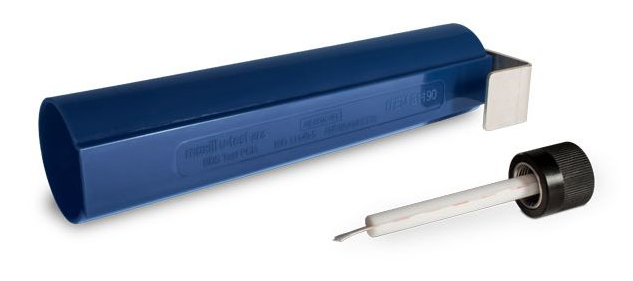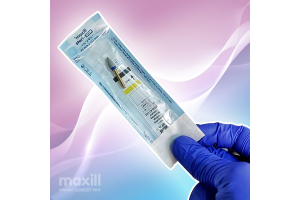Process Challenge Devices for Sterilization: Are you Challenging Your Sterilizer Enough?

Sterilization process challenging is not a new concept.
It’s important for any industry that operates a sterilizer to develop a thorough quality assurance sterilization monitoring program.
Notice how I called it a sterilization monitoring program.
Sterilization testing is a disjointed task in many dental offices because it is not viewed as its own system within IPAC.
From a risk management perspective, it is recommended to structure sterilization monitoring as its own system within IPAC because there are monumental risks if sterilization monitoring does not follow the standards.
From an education perspective, it would be wise to know the ‘why’ and ‘how’ these scientific testing methods are such an important part of IPAC standards.
Just because a task is part of the standards of practice does not mean it should not be questioned.
If anything, it’s the opposite, question the tasks and learn the answers.
Client safety and the financial health of the dental practice depend on it.
Not to mention, the dental office's reputation should there be an IPAC lapse due to inappropriate protocols in sterilization monitoring.
What is a PCD and Why Use One?
Think of a process challenge device (PCD) as a container designed to offer a challenge to the time, temperature, and pressure.
There are two types of ‘containers’:
- In-office made (pouch or cassette stuffed tight with instruments) Note: one handpiece in a sterilization pouch is not a PCD
- Commercially made (maxill u-test PCD, maxill bowie-dick PCD)
When it comes to questioning if a dental office should use a PCD at all, the answer is simple.
Using a PCD is not a should, could, or a recommendation.
It’s a must.
There is a need to challenge a sterilizer with a vigorous testing method, otherwise, the user may not know the sterilizer is malfunctioning.
Most tabletop sterilizers have a dashboard.
Which is a great communication medium for messages about maintenance, progress, even sterilization failure.
However, once that sterilizer door closes many intricate factors could go wrong to reach the parameters of successful sterilization.
There needs to be something physically inside the sterilizer to alert us that the sterilization cycle met the three sterilization parameters (time, temperature, and pressure).
Even better if it exceeded the parameters.
That is the job of a PCD.
A PCD is designed to be more challenging for the parameters to be met compared to the other packages inside the sterilizer.
In other words, if the PCD passes then all the other packages have most certainly met the parameters of sterilization.
A PCD is a quality assurance device offering a challenge to the testing of sterilization to regularly monitor the validity of sterilization.
How does a PCD pass?
That is answered by what is placed inside the PCD.
There must be a measurable component placed inside every PCD.
An evidence-based and scientifically proven testing apparatus is used to react to sterilization variables.
There are two scientific tests placed inside the PCD, a chemical indicator (CI) and a biological indicator (BI).
The tests are placed inside the most difficult to sterilize compartment in a PCD.
For an office-made PCD, that is in the middle of the cassette or overloaded pouch.
If you are using a manufactured PCD, the BI and CI are placed inside the hollow middle.
The hollow middle of a manufactured PCD is created to stimulate sterilizing one of the most difficult parts of a dental instrument – the inside of a dental handpiece.
The biological indicator functions with live vegetative spores, geobacillus stearothermophilus, housed inside a vial.
The spores have been strategically chosen as a benchmark spore because it is impeccably difficult to destroy.
It's Unanimous, First Load BI Is Necessary
Depending on geographical areas and regulatory body standards, the biological indicator test is performed either daily or weekly.
It is even optional in some areas.
All regions do agree though, based on the MIFU, BI’s should be placed in the PCD in the first load of the day with instruments in the chamber.
Then the biological indicator is incubated to determine if spores were killed or not.
The user looks at the biological indicator after the designated time outlined in the MIFU to note a colour change.
The colour change indicates a pass or fail.
The chemical indicator (CI) is manufactured with chemically engineered ink to react to time, temperature, and pressure.
There are 6 different chemical indicators outlined in the following table:

What do chemical indicators all have in common?
The ink changes colour to indicate to the user a pass or fail (or in the window style a ball of wax moves over to the indicated length for a pass or fail).
In past practice or ‘common practice,’ the chemical indicator was placed in a challenging area of the sterilizer.
This was a good idea, but the best idea is to place the type V inside the PCD, yet again offering a much larger challenge for the sterilization parameters to be accomplished.
Note a type III or IV is not placed inside the PCD.
They don’t react to all three sterilization parameters; they would not offer a strong enough challenge.
Is The Bowie Dick Test a Process Challenge Device?

A Bowie Dick test is a type II chemical indicator contained inside a process challenge device.
This is used only in pre-vacuumed sterilizers, and it does not detect, time, temperature, and pressure.
It detects air in the sterilizers chamber which is unwanted in a pre-vacuumed sterilizer.
In this type of sterilizer, the vacuum pump’s role is to remove all the air in order for the steam to come in and do its job of sterilization.
As with the biological indicator and the type V chemical indicator, the type II also needs to be challenged further than its own construction.
That is accomplished by placing it in a process challenge device.
A type V chemical indicator in a process challenge device is performed daily in every load of every cycle (full chamber).
It can be placed in the same process challenge device as the biological indicator.
The type II is used in the first load of the day on each cycle in an empty chamber.
The biological and chemical indicator results are logged to prove compliance.
To Sum It Up
When it comes to questioning if a dental office should use a PCD at all, the answer is simple.
Using a PCD is not a should, could, or a recommendation.
It’s a must.
Client safety and the financial health of the dental practice depend on it.
The dashboard on the sterilizer is a great communication tool, but once that sterilizer door closes many intricate factors could go wrong to reach the parameters of successful sterilization.
A PCD is a quality assurance device offering a challenge to the testing of sterilization to regularly monitor the validity of sterilization.










